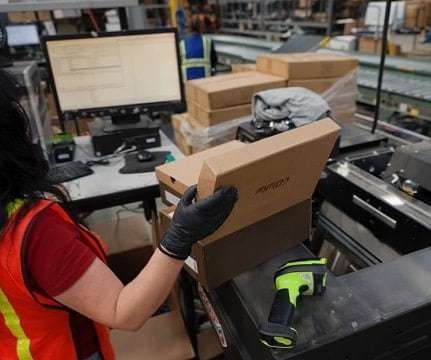The Importance of a Strong Supply Chain and Logistics Strategy!
Supply Chain Game Changer
AUGUST 21, 2022
Using a logistics-oriented strategy helps companies better understand their suppliers, improve customer service, and optimize shipping. In today’s market, logistics is essential to meet customer needs and remain competitive. In addition to product management, logistics also includes inventory management.

























Let's personalize your content